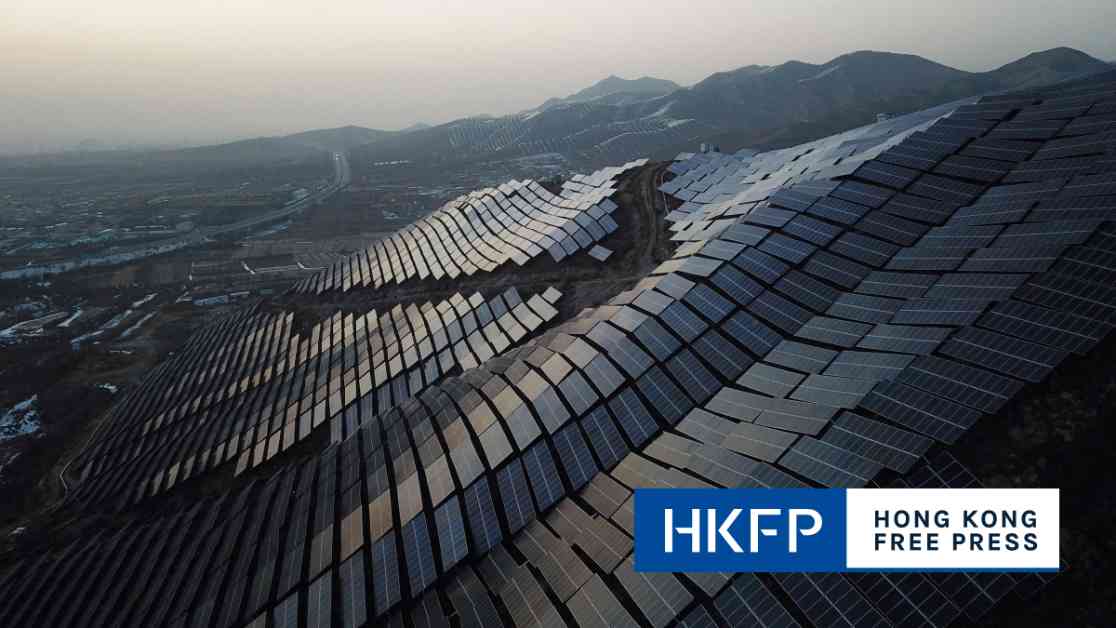China has become a global powerhouse in the solar industry with strong state support and significant private investment. They are dominating the market by producing eight out of every 10 solar panels and controlling 80% of the manufacturing process. This success is not by chance but due to strategic investments by the Chinese government, access to cheap raw materials, and ample capital from state-owned banks.
Despite their dominance, China is facing challenges both domestically and internationally. Countries like the United States and the European Union are accusing China of creating “overcapacity” and flooding global markets with low-priced solar exports to undercut competition. This has led to punitive tariffs being imposed on Chinese panels, creating trade tensions between China and the West.
Internally, China’s solar industry is struggling with overleveraged companies, an overloaded grid, and a fierce price war. The rapid expansion of the sector has led to bankruptcies and a significant drop in new solar projects. Despite hitting installation targets ahead of schedule, China’s grid is struggling to keep up with the demand for renewable energy.
To alleviate these challenges, China is looking to expand into new markets in Asia and Africa. This year, Asia overtook Europe as the biggest export market for Chinese solar products, and exports to Africa have seen a substantial increase. The Chinese solar industry is undergoing a restructuring phase, but experts believe it will continue to grow with a more global manufacturing footprint.
As China seeks to maintain its dominance in the solar industry, it is essential for the government to address the issues of overcapacity, grid limitations, and price wars. By adapting to changing market conditions and expanding into new regions, China can continue to lead the way in renewable energy production on a global scale.



















